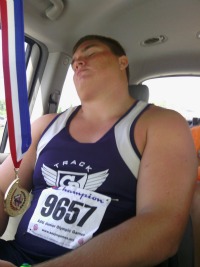



Conclusion: the addition of “Graphic Communication” to “Oral Communication” enabled the students to identify the situation and its challenges, and provided a collective solution to overcome the identified issues, leading to a measurable and favorable outcome. Their involvement in the game situations, especially in the last three sessions expresses a notable familiarization with a new semiotic constructivist approach. Results: the students were successful in implementing the rules of action collectively from the third (3rd) cycle of the fourth (4th) session. The plans and strategies prepared by the students formed the qualitative basis while the quantitative segment was based on the implementation of these schemes. The study opted for both qualitative and quantitative analysis of the data. Austin, in How To Do Things With Words, details the conditions that must be met for a given speech act to be performed. Method: fourteen (14) students from Dahmani volunteer- ed and participated in the study.The motor and verbal activity of the students were observed and recorded. Only an appropriate authority, speaking at the appropriate time and place, can: christen a ship, pronounce a couple married, appoint someone to an administrative post, declare the proceedings open, or rescind an offer. Oxford: University Press.Įffects of Oral plus Graphic Communication: An Analysis and Application in the Case of a Competitive Youth Football GameĪUTHORS: Moez Hamdi, Guinoubi Chamseddine, Sahli Hajer, Nejmeddine Ouerghi, Makram ZghibiĬommunication, Rules of Action, Oral and Graphic Communication, FootballĪBSTRACT: Purpose: the primary objective of this study was to evaluate the response and application of students to “Oral plus Graphic Communication” by monitoring the implementation of the action projects in a competitive football game.


 0 kommentar(er)
0 kommentar(er)
